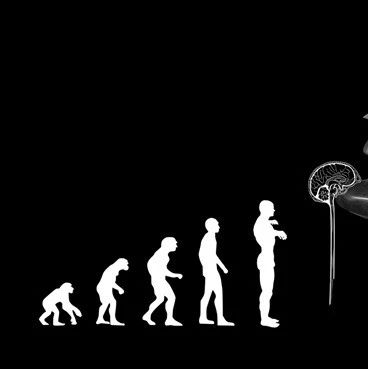美国一项最新研究发现,“贪睡”的婴儿易长高,不过睡眠促进婴儿身高增长的具体原因尚不明确。
美国埃默里大学的研究人员在1日出版的学术期刊《睡眠》杂志上报告说,他们对23名婴儿从其出生12天开始进行跟踪研究,得出上述结论。
研究人员注意到,这些婴儿在身高增长48小时前,一般都会出现不同程度的“贪睡”现象,即连续两天日均增加4.5小时的睡眠时间。此外,这些婴儿每天的睡眠次数也有所增加,连续两天平均每天增加3次小睡。
研究还显示,对这些“贪睡”的婴儿而言,每多一次睡眠,身高增长可能性增加43%;而每多一小时睡眠,这种可能性则增加20%。
负责这项研究的人类学教授迈克尔·兰普尔说,研究成果表明,睡眠影响婴儿的成长,婴儿睡眠多,他们就容易长高。
他说,尽管研究人员目前尚不能完全解释两者之间的关系,但可以肯定的是,睡眠会促进婴儿成长激素的分泌。
原文出处:
SLEEP 2011;34(5):641-650
Infant Growth in Length Follows Prolonged Sleep and Increased Naps
Michelle Lampl, PhD, MD1; Michael L. Johnson, PhD2
1Department of Anthropology, Emory University, Atlanta, GA; 2Departments of Pharmacology and Medicine, University of Virginia HealthSystem, Charlottesville, VA
Study Objectives:
The mechanisms underlying infant sleep irregularity are unknown. Thisstudy tests the hypothesis that sleep and episodic (saltatory) growth in infant length are temporally coupled processes.
Study design:
Daily parental diaries continuously recorded sleep onset and awakening for 23 infants (14 females) over 4-17 months (n = 5798 daily records). Multiple model-independent methods compared day-to-day sleep patterns and saltatory length growth.
Measurements and Results:
Approximate entropy (ApEn) quantified temporal irregularity in infantsleep patterns; breastfeeding and infant sex explained 44% of inter-individual variance (P = 0.001). Random effects mixed-model regression identified that saltatory length growth was associated with increased total daily sleep hours (P & 0.001) and number of sleep bouts (P = 0.001), with breastfeeding, infant sex, and age as covariates. Infant size and illness onset were non-contributory. CLUSTERanalysis identified peaks in individual sleep of 4.5 more h and/or 3 more naps per day, compared to intervening intervals, that were non-randomly concordant with saltatory length growth for all individuals(P & 0.05), with a time lag of 0-4 days. Subject-specific probabilities of a growth saltation associated with sleep included a median odds ratio of 1.20 for each additional hour (n = 8, 95% CI 1.15 to 1.29) and 1.43 for each additional sleep bout (n = 12, 95% CI 1.21-2.03). Increased sleep bout duration predicted weight (P & 0.001) and abdominal skinfold accrual (P = 0.05) contingent on length growth, and truncal adiposity independent of growth (P & 0.001).
Conclusions:
Sleeping and length growth are temporally related biological processes, suggesting an integrated anabolic system. Infant behavioral state changes may reflect biological mechanisms underlying the timing and control of human growth.








